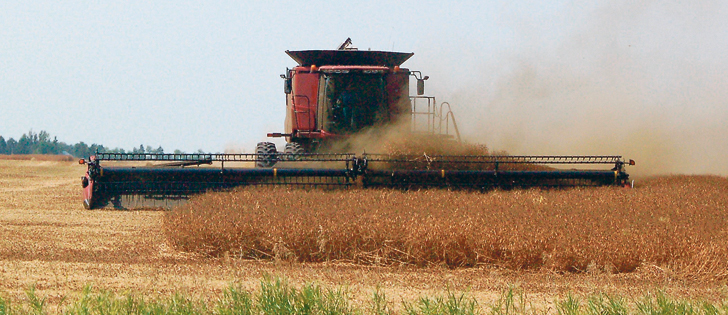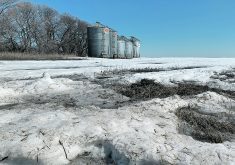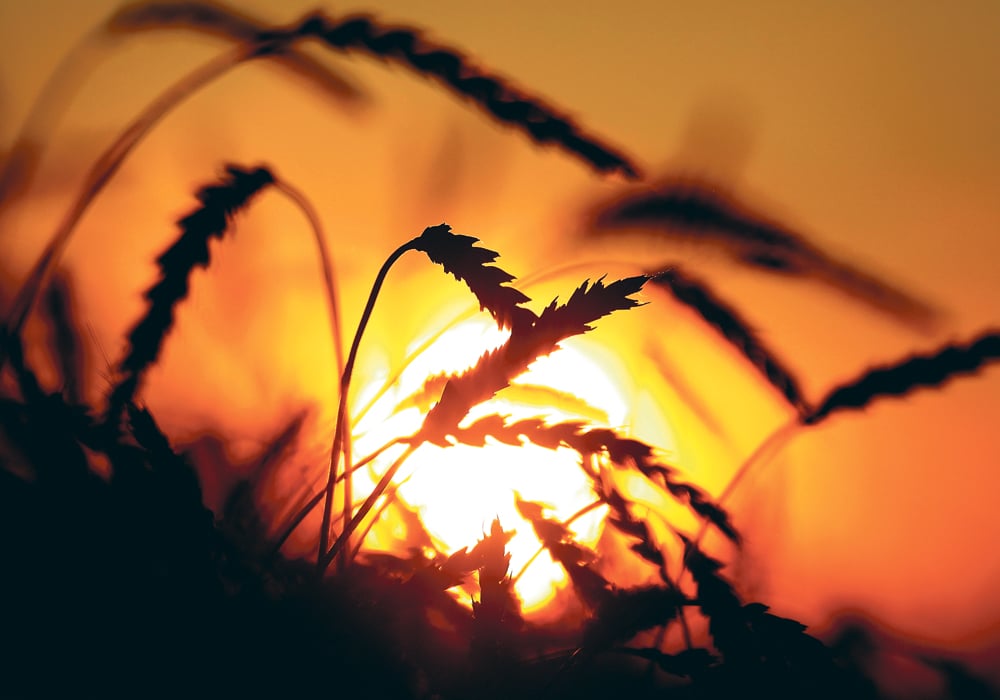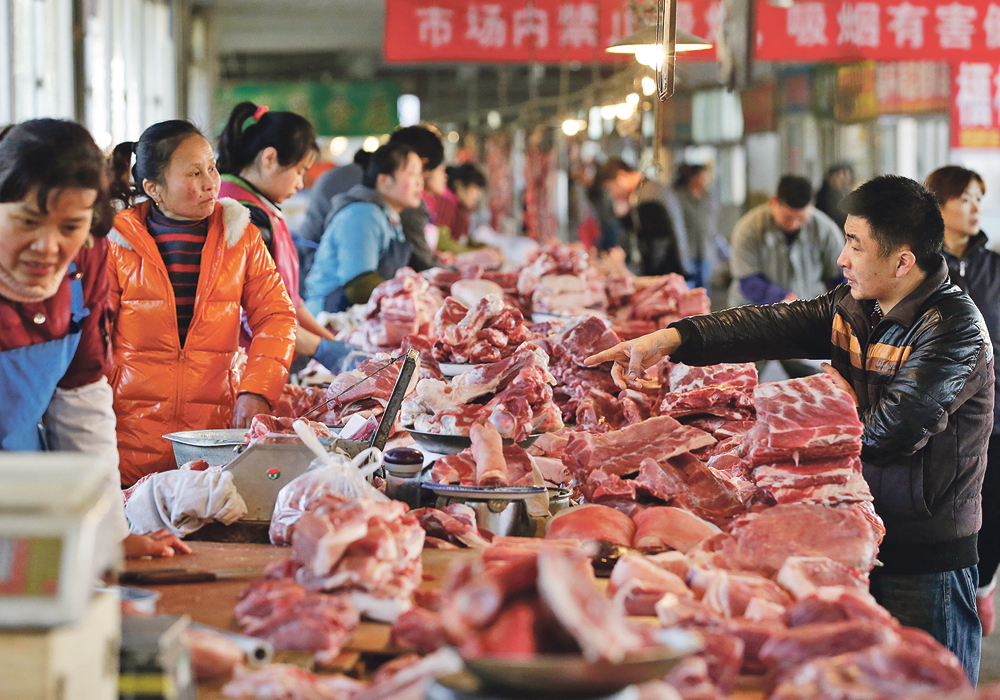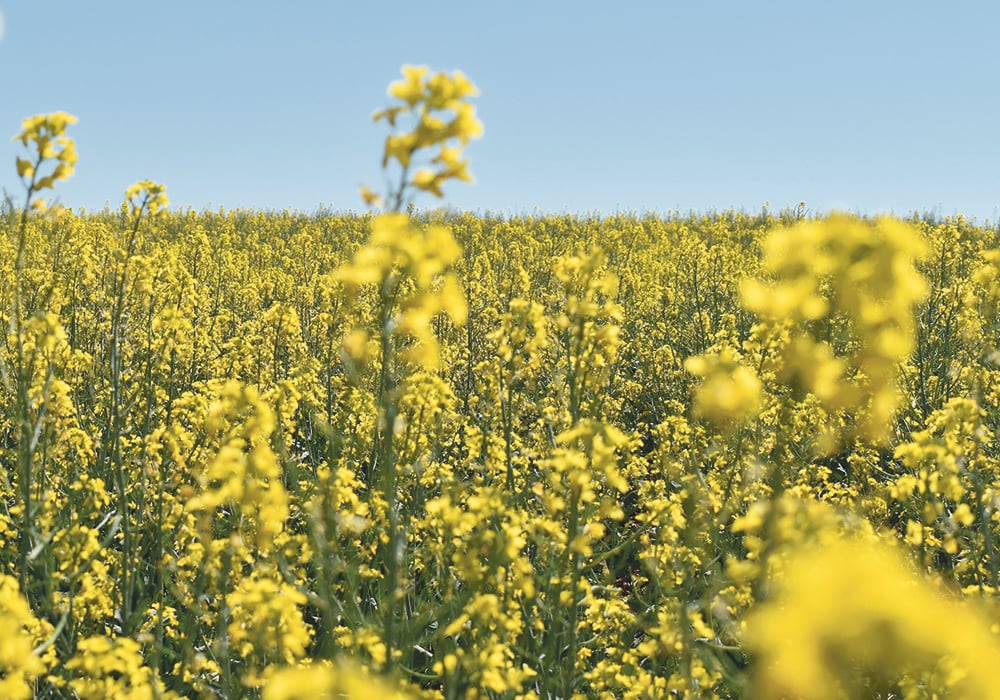Trying to forecast final production when the crop is still growing is like shooting at a fast-moving target.
Statistics Canada planned to release its first projection of Canada’s 2017 crop on Aug. 31, after this column was written. We’ll have full same-day coverage on our website and also in next week’s paper. UPDATE: You can find our story on the August 31 StatsCan report here.
The forecast, which is an assessment of production potential as of July, is based on a farmer survey in late July and early August.
Read Also

Critical growing season is ahead for soybeans
What the weather turns out to be in the United States is going to have a significant impact on Canadian producers’ prices
Forecasting production is never easy, but will be complicated this year by a wide range of growing conditions, from drought in southern Saskatchewan to late seeding and saturated fields in some parts of the northern grainbelt, but also good production prospects elsewhere.
The StatsCan numbers are often almost dismissed by private analysts because fast changing weather can rapidly alter production prospects.
And there is a constituency of farmers, likely small, but vocal, who believe that Statistics Canada always overstates the size of the harvest to keep crop prices down and promote a sinister and secret cheap food policy pursued by governments of all political stripes, in league with the multinational food companies.
There is a similar belief among some American farmers about the forecasting of the United States Department of Agriculture.
But the experience is actually the opposite. In the past five years, the early government forecasts have understated the final true production, which is confirmed by testing again the amount of grain that was marketed through the year and year-end stocks.
In four of the past five years, the canola crop turned out bigger than StatsCan’s August forecast. Only in 2012 was it smaller.
In the all-wheat category, final production was higher than the August forecast in five of five years, although in 2012 the difference between August and the final numbers was negligible.
In two years, the final canola production was much higher than the August forecast — 2013 production was 26.5 percent bigger and the 2015 crop was a whopping 38.3 percent bigger.
These August reports do not lower grain prices. They actually help to support them at a level higher than what the final production would justify.
The experience is similar with the August U.S. Department of Agriculture reports, which over the past five years consistently under reported the soybean production potential.
The U.S. all-wheat numbers were accurate because by August the winter crop is already in the bin and combines are starting to cut the spring crop.
By this I don’t mean to suggest that StatsCan and the USDA are deliberately under reporting.
I think they are doing the best they can, but the data is imperfect. In the surveys, farmers are likely cautious in their yield projections and other ways that the government forecasters use to test the accuracy of the surveys, such as satellite imagery or actual in-field measurements are at best a snapshot in time.
Also, the newer crop variety genetics are proving better able to stand up to stress than in the past.
Production forecasts in the coming months will provide a more accurate assessment of final production.
One related issue already being asked in the U.S. this year is about the relationship between the monthly production forecasts and the weekly crop condition reports.
For much of the growing season the weekly condition report said the soybean crop was doing worse than the 10-year average.
And yet the USDA in August raised its soybean yield forecast to 49.4 bushels an acre from 48 bu. in the July forecast.
At that level it would be the second best yield ever and above the long-term trend line. How can a crop reported to be in worse condition than the 10-year average produce such a high yield forecast?
That is one that analysts, academics and USDA statisticians will likely debate throughout the 2017-18 crop year.



